When Should I Use My Savings
Have you ever thought, “when should I use my savings?” You hear you should save. Save. Save. Save. However, when do you use those savings. What are some good rules to follow to know when it’s time or you’re justified in dipping into your savings? Let’s dive into them.
1) You’ve reached your money goal for an item.
If you were saving a certain amount of money for a specific item, then it’s pretty clear when you’ve reached your goal. When you’ve saved the money needed to completely pay for the item then you can use those savings. For example, say you’re saving $500 for a plane ticket for your vacation. When you reach $500 in the savings for the plane ticket then you can use the money.
2) There is an emergency.
This probably goes without saying, if you have a true emergency then you should use your savings. That is the purpose of the emergency fund. So if your car suddenly threatens to quit on you and you need it for your job, that’s an emergency. If you have a sudden medical bill, that is an emergency. Your health is your wealth.
3) You have money in your emergency fund and separate savings.
If you have at least $1,000 in your emergency fund or a complete emergency fund (6-8 months worth of bills, more if you’re an entrepreneur), then you can save for other items. It depends on your risk level and financial situation. If you have a lot of high interest debt to pay down, then it makes sense to have a smaller or incomplete emergency fund. This will allow you to work on paying down the debt, while still having a little pocket of money tucked away. If the emergency fund is set and you have separate savings, then you can dip into them.
4) Do not use savings for debt.
This may sound counterintuitive, but it’s actually sound advice. If you’re going to deplete your emergency fund and pay only a portion of the debt, then don’t use your savings. In that instance, it is better to budget efficiently and pay off the debt over time. Frankly, we know things happen and emergencies pop up out of nowhere. When there is no money set aside for an emergency, credit is used, which increases your debt. Having the money saved will allow you to stay out of the debt credit trap.
There is some situations where you may be able to use your savings to pay down debt. If you have high interest debt such as credit cards and you have the money to completely pay it off while leaving at least three months worth of bills in your emergency fund … then go ahead and do it. If the payment will lower your debt to credit utilization enough to have a significant impact on your credit score, then go ahead and do it.
To save more money or build back up your savings:
1) Have separate saving accounts.
Make sure you have at least two savings accounts in addition to your checking account. One is for your emergency fund. The other is to save for a specific goal or to put money aside monthly for quarterly or annual bills.
2) Use a credit union or online bank.
Set up a savings account at a credit union or online bank. It takes longer to transfer the money to a checking account, 3-4 days. This will help you refrain from constantly transferring money from savings to your checking account to buy something in the moment.
3) Use an online budget tracker.
You need a system to look at how much money you have to spend and to see how well you’re doing with staying on track with spending. Your budget helps you progress with your financial goals. Use an online platform to help you keep track of your budget on the go.

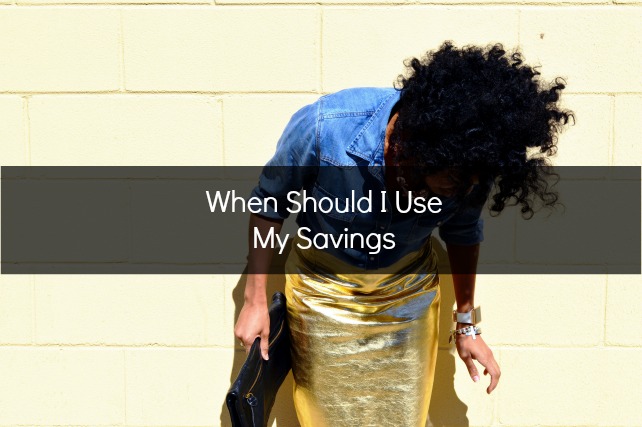
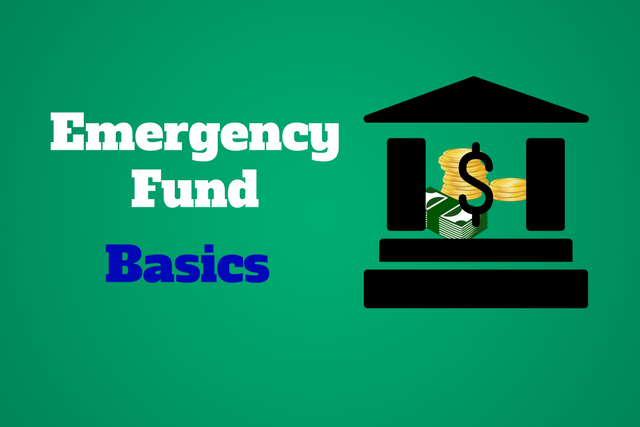
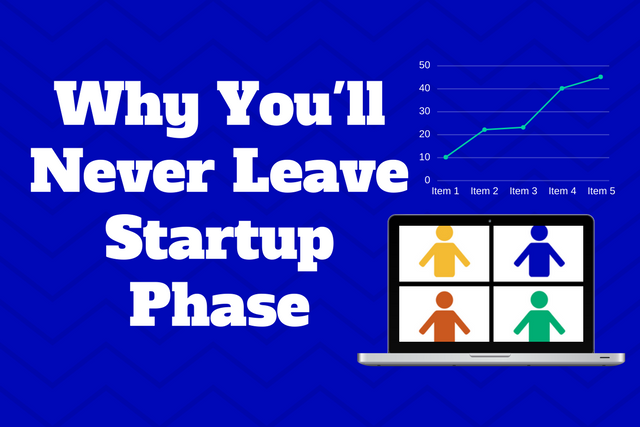

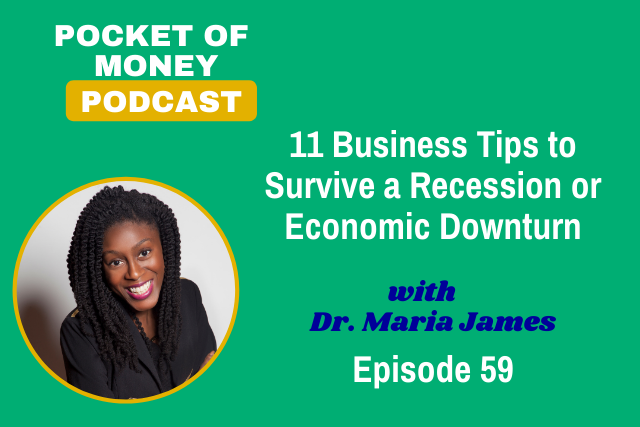
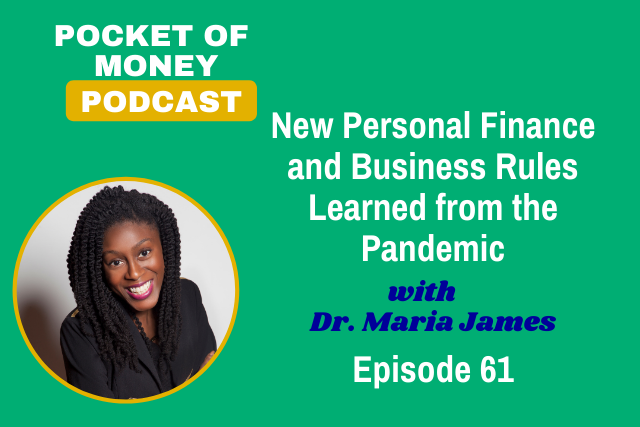
Maria, what budget tracker would you recommend?
Hi Renée, you could try mint.com or LearVest.com, which has a comprehensive money center. Both work well and are free options.
I love Mint. This article was helpful.
Thank you! 🙂
It’s hard for me to save. I started just placing money in this big plastic container. Can you offer any other saving techniques I could use. I haven’t been successful automating my savings without touching it.
Hi Candace, when you say automating you mean setting it up like a bill at your bank? If not that would be a great way to remove yourself out of the equation. As for the not touching part, you may need a reminder as to why you’re saving, why it’s important not to touch it. Write out a list of your financial goals and write down why it’s important next to each one. Try a visual reminder, such as a vision board of your goals that you post up in your house where you can see it every day. You could also put a visual reminder as the wallpaper on your phone and computer. That way each time you use them you’ll be reminded why you shouldn’t touch the money.
Hi Maria!
One thing I would add to this discussion is to NEVER pay for large medical bills with a credit card or savings! As an insurance broker who deals with certain claims and billing issues, I ALWAYS recommend that clients ask for a PAYMENT PLAN especially for hospitals and large clinics. These institutions are more than happy to set up low cost, INTEREST FREE monthly payment options. I recently had a client who set up a $6,000 hospital payment plan with Stanford for $100 per month no interest!
From a budgeting standpoint this works extremely well and since it’s interest free, there’s absolutely NO COST. Medical providers simply want to make sure they get paid for their services. Since there’s usually a 3rd party payer, the out-of pocket patient portion usually represents their “profit”. The insurance negotiated rate per procedure is calculated to cover fixed costs of the provider, so they are “whole” to begin with…
Thanks for this article/podcast!
Chris Acker, CLU, ChFC
https://myfasttermquotes.com/buy-cheap-term-life-insurance-now-best-rates-save-81/
Great article and Chris, great addition! Thank you!